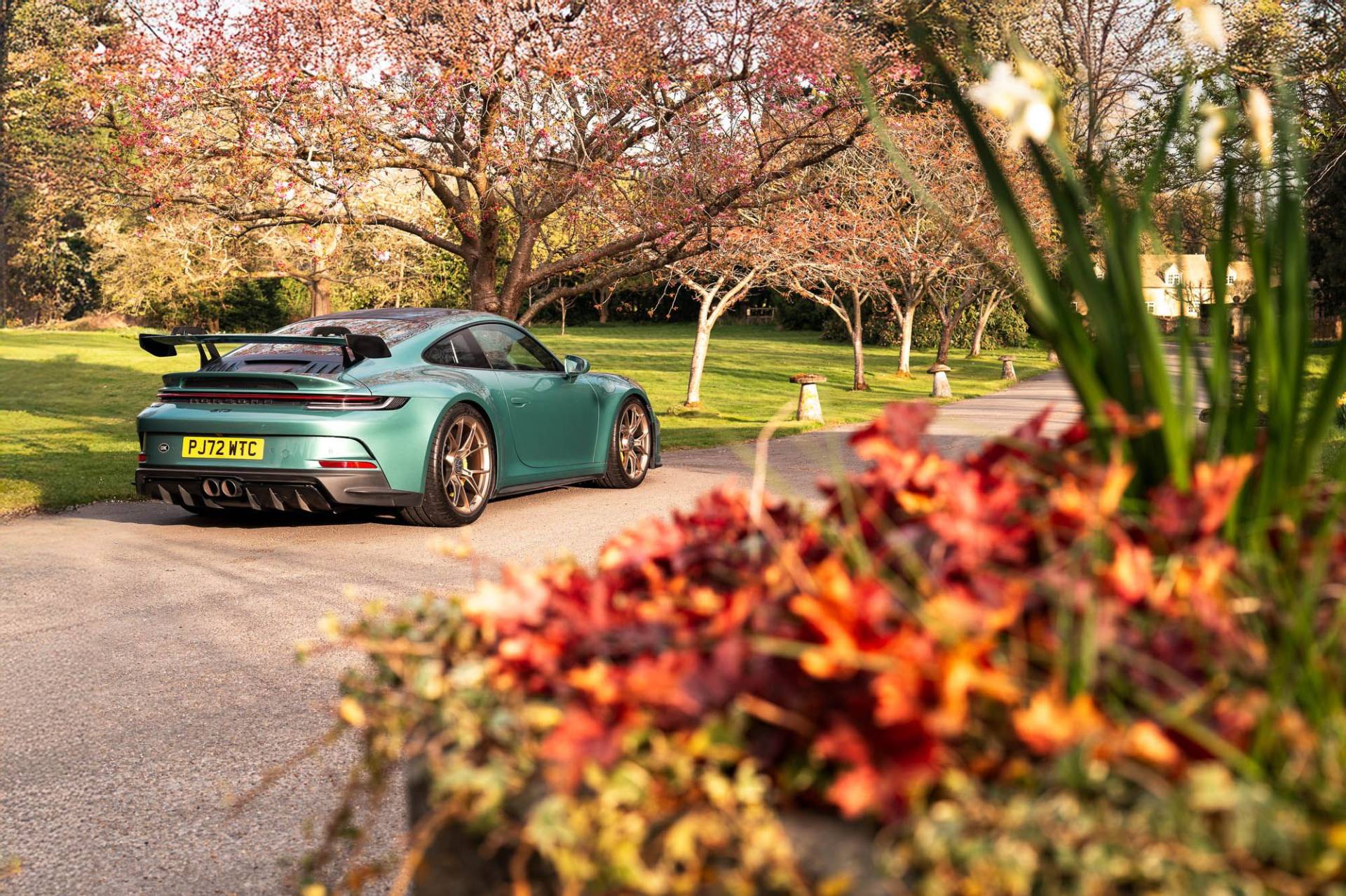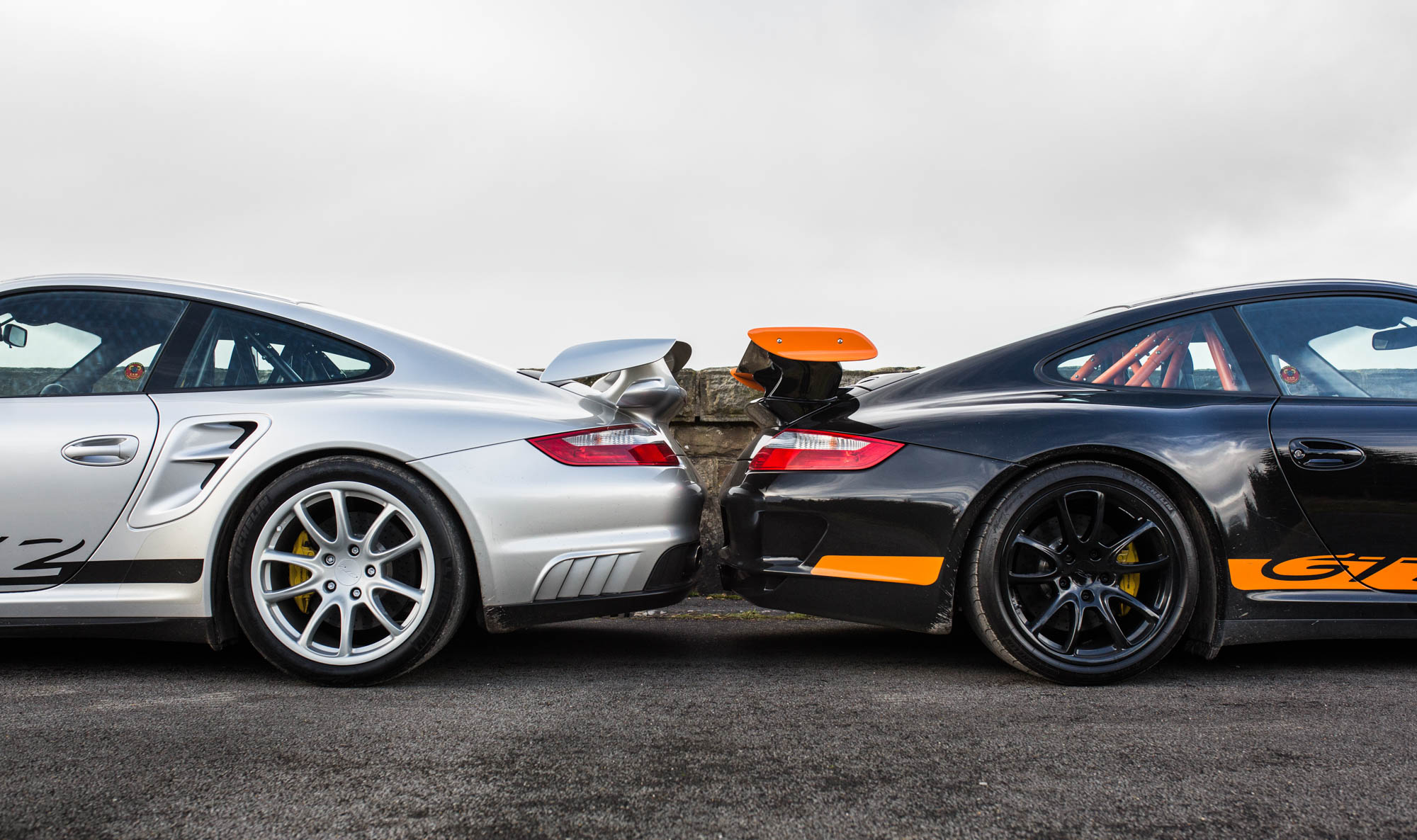

From basic steel to menacing black and rally-bred gold — Paul delves into why wheel colour matters more than you think.
Let’s go back. Way back. Before carbon ceramics, before centre-locks, before someone at Porsche thought Shark Blue was a good idea (ed — Sorry Paul, this is Matt. I like Shark Blue and I’m speaking up on behalf of my fellow Shark Blue fans!).
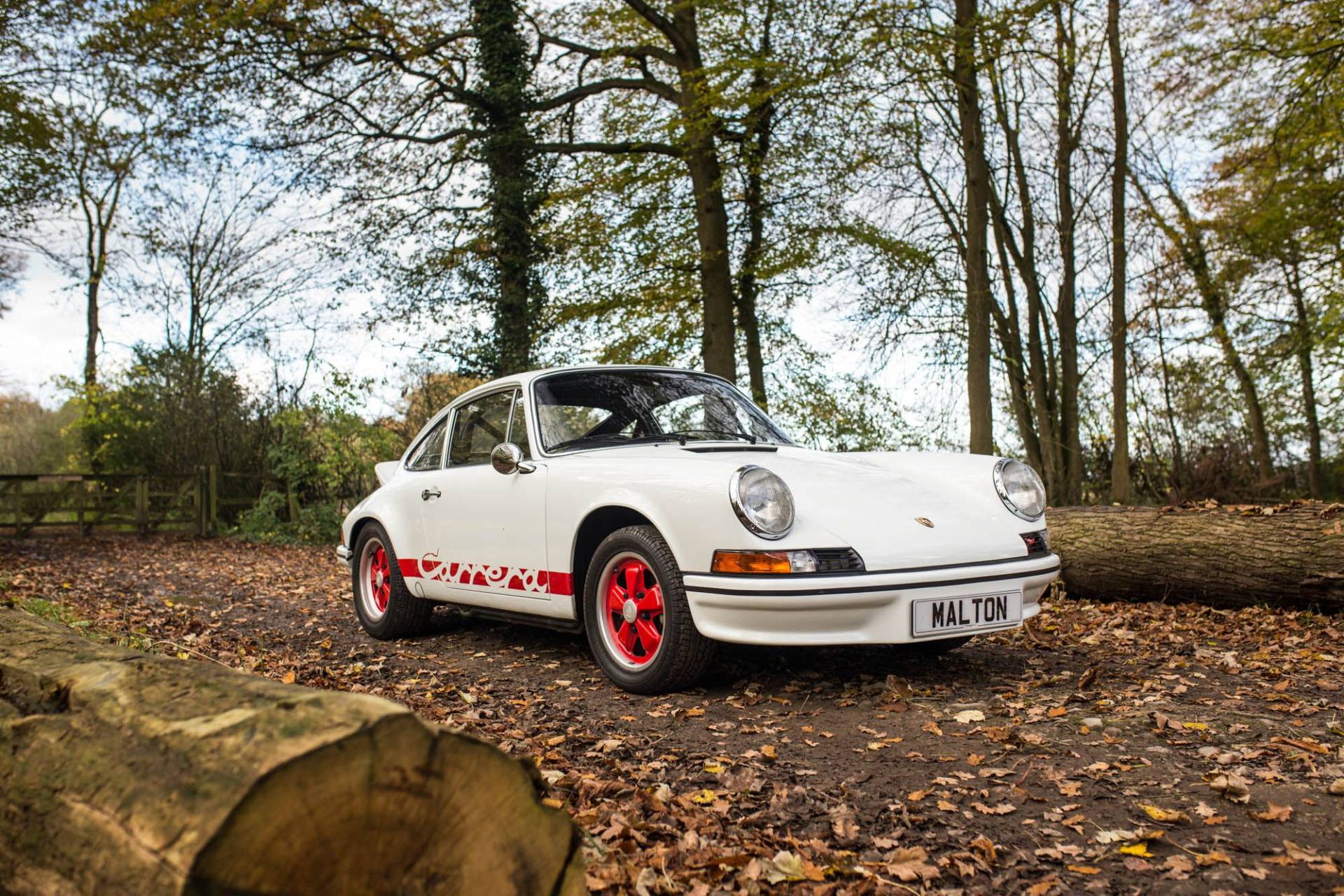
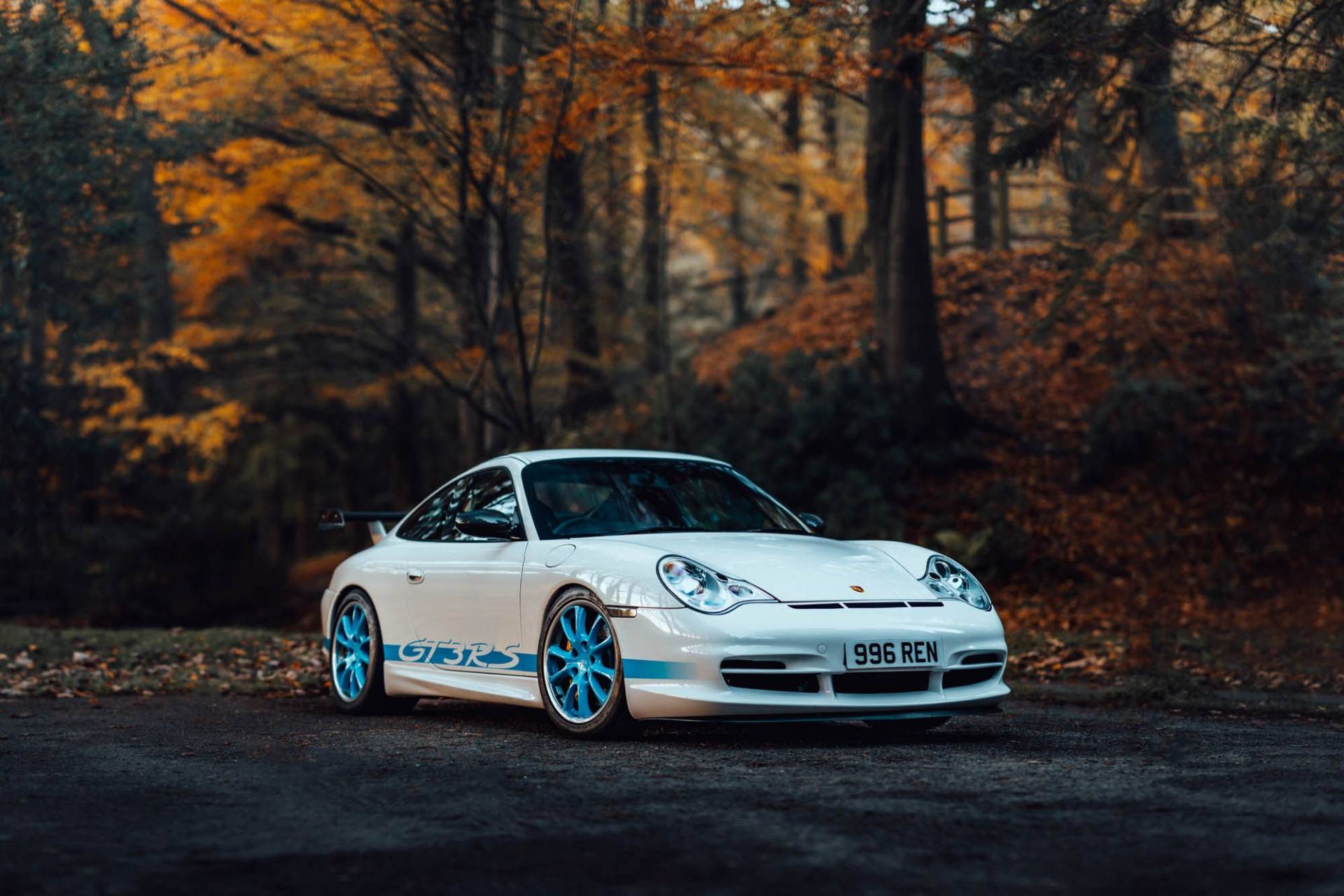
In the beginning, wheels were like bread — round, functional, and utterly dull. They were usually steel, painted silver (because bare metal rusted) and hidden behind a hubcap the size of a dustbin lid. These weren’t wheels. They were shame covers.
Then came alloys. Real metal. Real style. Suddenly, people started looking at wheels. And once people started looking, designers started caring. The ‘60s and ‘70s saw the birth of proper wheel design. Think Minilites, BBS, Campagnolo — names that sound like Italian cheeses but meant business. They weren’t just pretty. They were painted pretty.
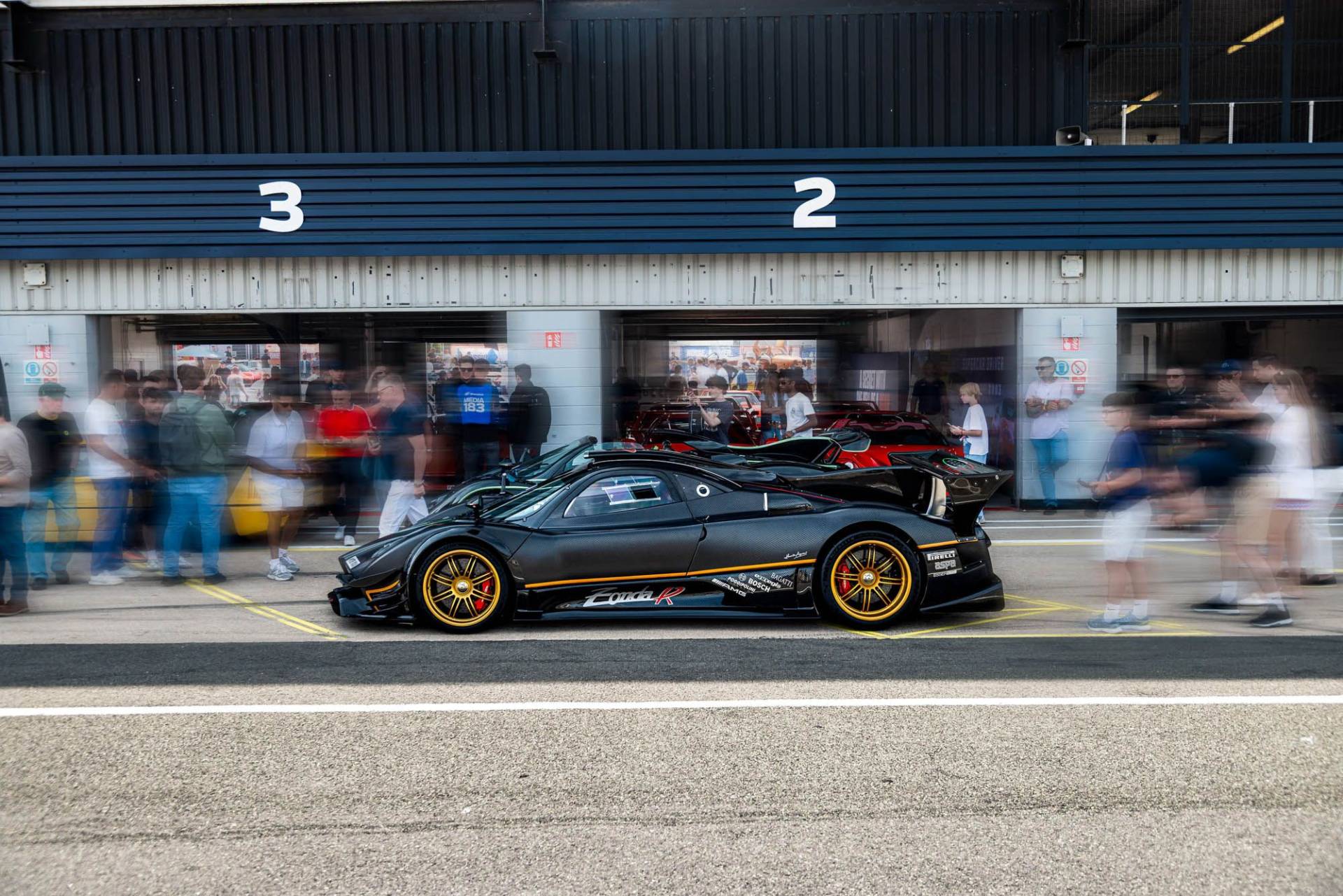
Motorsport is where wheel colour wasn’t just for show — it was strategy.
White wheels became a signature of rally cars. Why? Because mechanics could spot cracks or damage in the metal more easily. Also, dirt shows up better, which weirdly became a badge of honour. A muddy white wheel said, “I’ve been sideways at 120mph through a Welsh forest — and lived”.
That’s Subaru. Rallying royalty. The Impreza with gold Speedlines wasn’t just a look — it was a statement. You saw one coming and instantly ducked for cover, assuming it would either hit boost or a hedge.
Red wheels were often used to help identify the lead car in endurance teams — think Group C prototypes or Le Mans GTs. A splash of colour to help the pit crew spot their 911 among the five others stuck behind a Peugeot 905.
Black wheels were sometimes used for heat management — black dissipates heat faster. But let’s be honest, in most cases, it was just so teams didn’t have to keep cleaning them between stints.
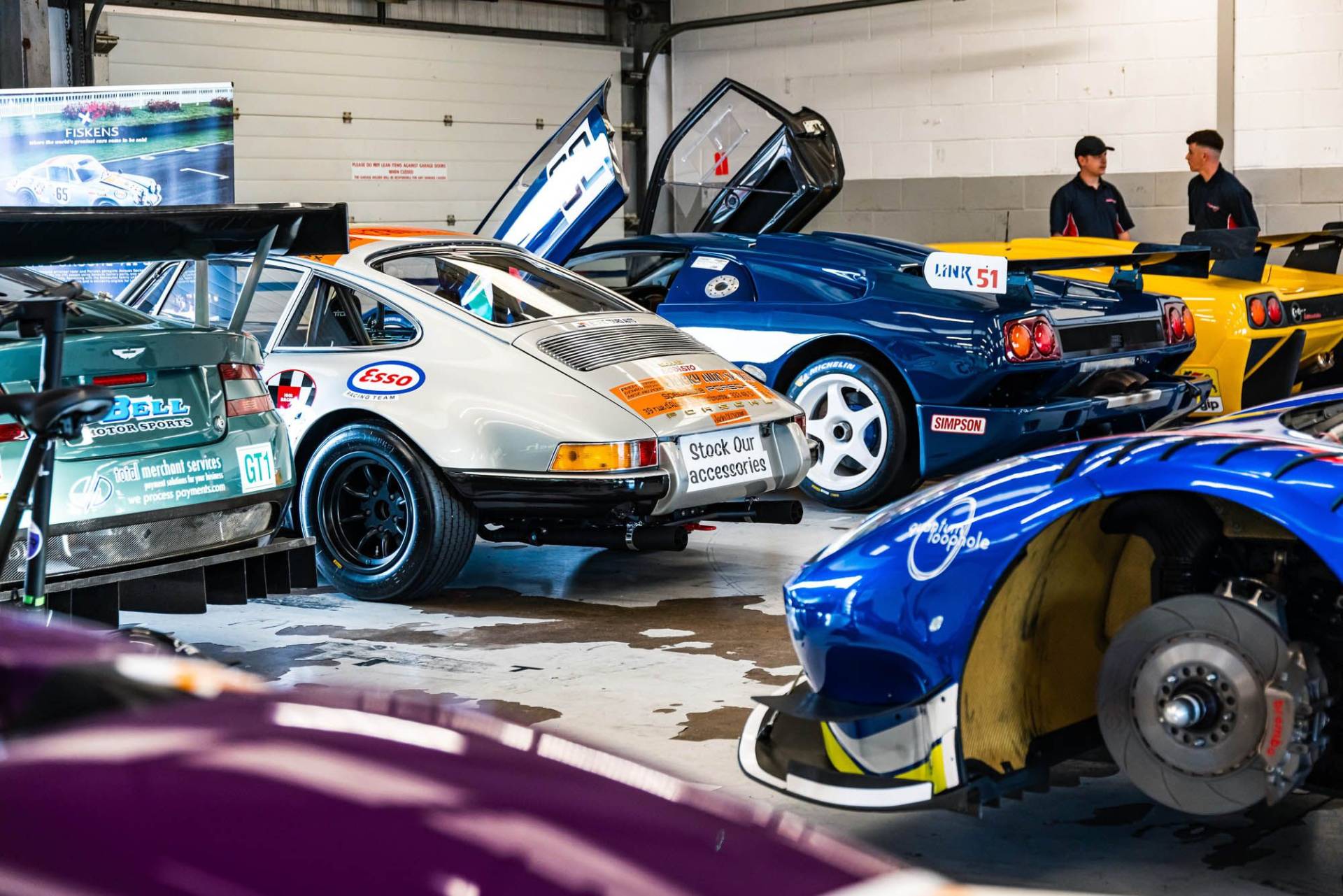
In the 1980s and ‘90s, exotic manufacturers started showing off. Ferrari flirted with magnesium wheels in a sort of greenish-grey that looked like oxidised jewellery. Lamborghini tried white wheels. Peugeot painted them body colour on the 205 GTi, which worked on that car only.
Fast forward to the 2000s, and everyone forgot colour even existed. Wheels were silver. Or darker silver. Or the bafflingly named “Titanium Grey”. Then the black wheel plague hit. It swept through showrooms like the flu. Every brochure had a “Shadow Line Pack” or “Black Style Plus”, and suddenly every car looked like it had raided Batman’s garage.
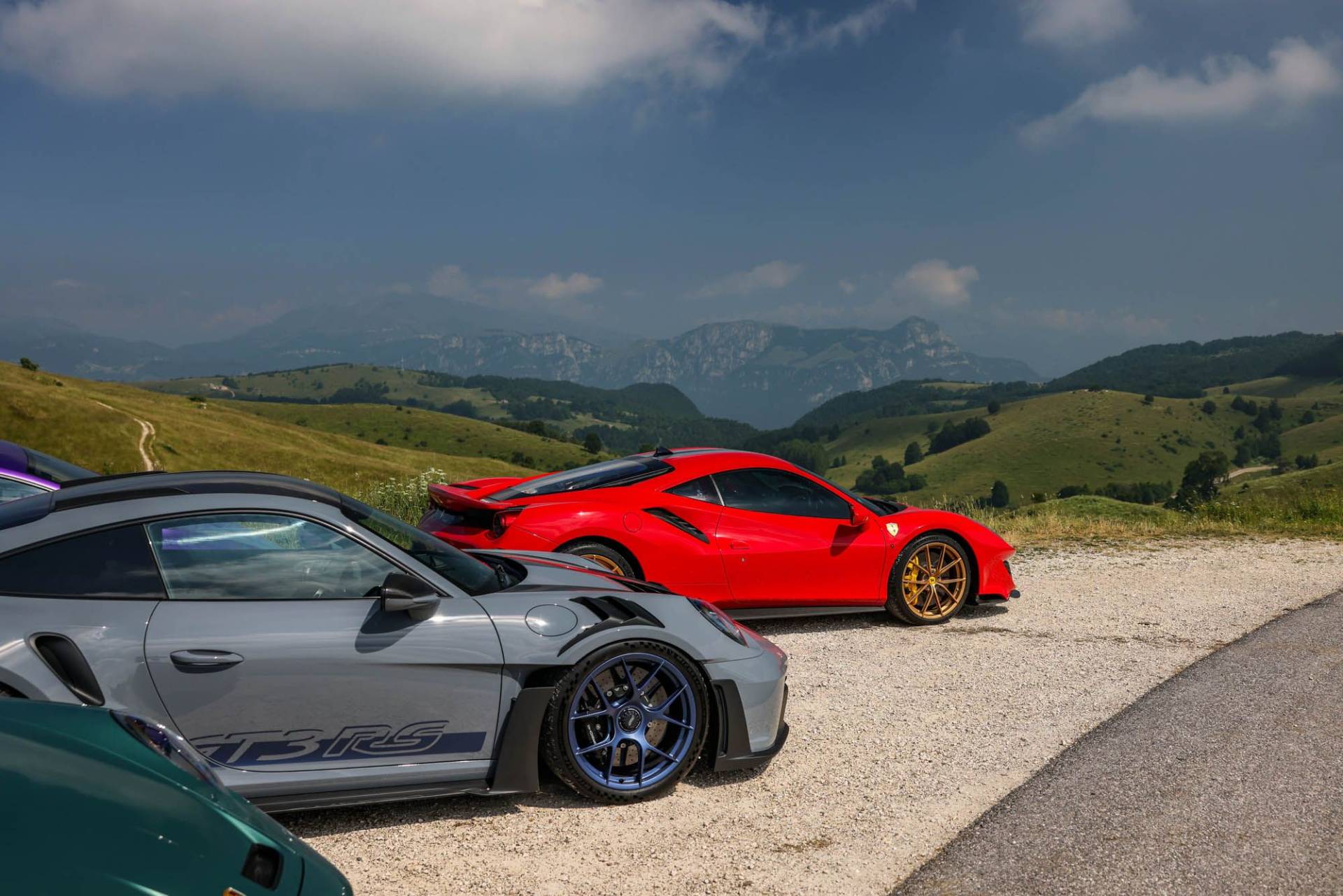
And finally, finally — we’re getting back to having fun with wheels. Porsche offers bright blue or red wheels on the GT3 RS, which makes it look like a Hot Wheels toy, and it’s all the better for it. Ferrari lets you pick gold, grey, or gloss black — if you must. And then there’s bronze, which has crept in from tuner culture and stayed — especially for those who want people to know they once drove a Nissan GT-R.
Me? I’ve gone for Satin Neodyme on my 992 GT3. Because gold is too much, silver is too safe, and black is too boring. Satin Neodyme is like automotive rose gold. Not so loud it shouts, but loud enough it clears its throat in a room full of Carreras.
So next time you find yourself staring at a configurator, lost between ten shades of grey, remember this: Throughout history, the greatest race cars — and the coolest road cars — had a wheel colour that meant something. It told you who they were. Where they’d been. What they were about to destroy. And frankly, if that doesn’t convince you to paint your wheels bronze, white or bloody maroon with pale blue inserts, I don’t know what will.
Written by: Paul Pearce
